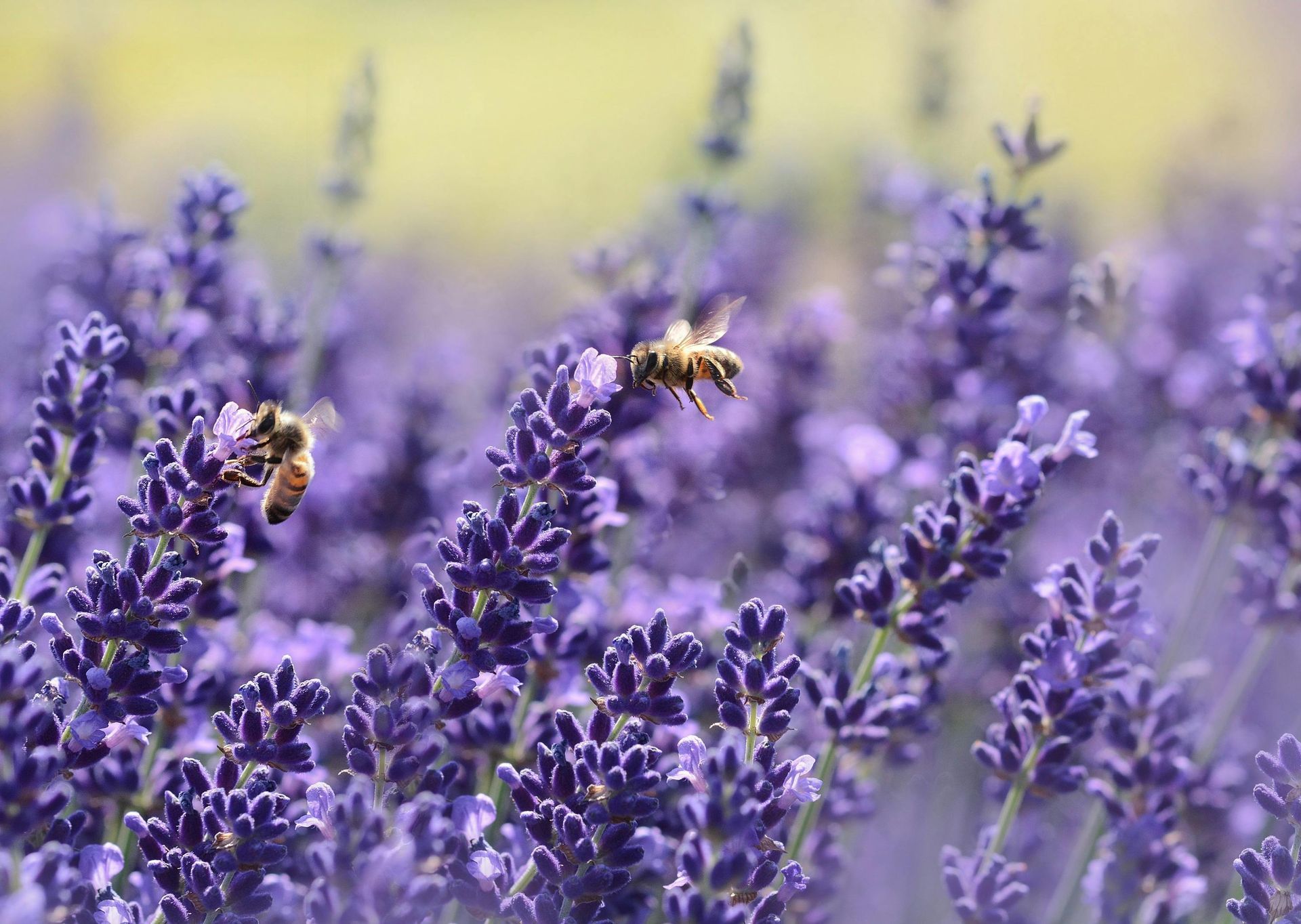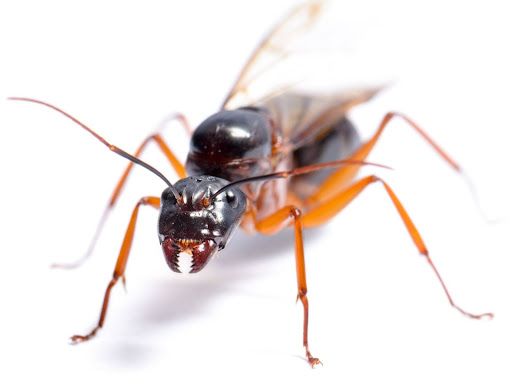How Urbanization in Idaho Affects Local Pest Behavior
Urbanization in Idaho has accelerated over the past decade, drawing more residents into rapidly growing cities. Idaho’s population grew by more than 17% between 2010 and 2020, placing it among the top states for population growth during that period. With this expansion comes inevitable changes to local ecosystems, particularly in regions where farmland is converted into housing developments, commercial centers, and public infrastructures. These evolving landscapes affect Idaho’s pest populations and the ways in which these insects and rodents interact with humans. As more communities spring up, it becomes essential to understand the environmental changes taking place and how they influence pest behavior.
Shifting Landscapes and Changing Pest Populations
Once predominantly rural in many areas, Idaho’s land is being transformed into neighborhoods and business districts. This urban sprawl can displace native wildlife and disrupt natural habitats, sending certain pest species closer to populated sectors. As forests are cleared or farmland is repurposed, rodents such as mice and rats may seek food and shelter in basements, attics, and garages that provide warmth and protection. Meanwhile, insects accustomed to rural habitats may adapt to new environments by nesting around buildings or near landscaping features that have altered the once-natural vegetation. This adaptability is one reason pest populations can grow in tandem with human expansion, prompting new strategies for managing concerns like rodent infestations and insect intrusions in urban centers.
Wildlife displacement is often a direct result of habitat modification. This phenomenon can also lead to changes in pest breeding cycles and feeding habits as they find novel ways to survive among homes, schools, and commercial spaces. While some species may decline if they cannot adapt to an urban setting, those that thrive in human environments—like house flies, cockroaches, ants, and rodents—often experience a notable population boom, bringing with them new challenges for property owners and pest management professionals alike.
Increased Human-Pest Interactions
Beyond simply shifting spaces, the rapid pace of development in cities like Boise, Meridian, and Nampa increases the likelihood of human-pest interactions. As more people share the environment with insects and rodents, the chances for conflicts—such as property damage or health risks—rise. Common pests in urban Idaho settings may invade residences looking for food waste, water sources, or refuge from colder temperatures. Small entry points around windows, foundational gaps, and utility openings make it easier for pests to move between the outdoors and indoor spaces. Because new construction sites often lie adjacent to undeveloped land, the transitional zone becomes a hotspot where pest migration can be more pronounced.
Residents might notice higher numbers of rodents exploring dumpsters or scuttling near restaurant trash areas, especially in densely populated zones where resources are plentiful. Likewise, backyard compost bins and garden sheds can attract insects seeking decay material or moisture-rich environments. Understanding these behavioral shifts is central to implementing effective pest control measures. Monitoring population growth in local species, sealing entry points in dwellings, and maintaining cleanliness are some steps that can foster a healthier balance between people and the natural environment.
Sustainable Strategies for Idaho’s Urban Environments
Given Idaho’s unique ecological profile, many experts stress that sustainable pest management is key for thriving urban environments. Techniques that minimize environmental impact while controlling pests are part of a broader approach called Integrated Pest Management (IPM). IPM promotes regular monitoring, preventative measures like thorough sanitation, and the strategic use of treatments only when absolutely necessary. By combining these techniques, Idaho’s communities can mitigate pest issues without resorting to excessively harsh alternatives. Such a balanced approach reduces the risk of overusing control measures and enhances the longevity of solutions.
Local academic institutions often partner with industry professionals to research the best practices for IPM in rapidly urbanizing states. By conducting region-specific studies, they evaluate how construction trends, landscaping choices, and local climate patterns influence pest activity. Through these findings, sustainable programs that emphasize habitat modification—such as using native plants in landscaping or ensuring proper waste disposal—can be integrated into development projects. Aligning with this vision helps cities in Idaho remain desirable places to live while preserving the state’s natural heritage.
Where to Go From Here
Idaho’s changing landscape presents both challenges and opportunities when it comes to managing pests in newly urbanized areas. By staying informed about shifting pest behaviors, adopting sustainable strategies such as Integrated Pest Management, and seeking out professional guidance before situations escalate, residents can maintain comfortable and secure living spaces. Equally important is the collective effort of the community—homeowners, businesses, and local authorities—to preserve the state’s natural character as Idaho continues to grow.
For more information on services, additional resources, or to learn about our process in detail, visit our main website at Natura Pest Control. We look forward to helping you navigate Idaho’s transforming landscapes responsibly and effectively.




